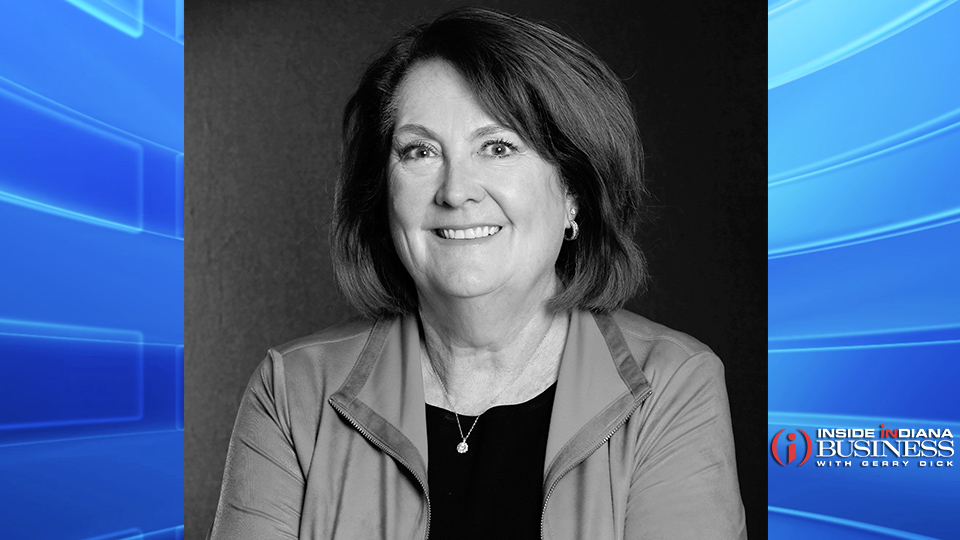What you probably don’t know about FDIC insurance
Subscriber Benefit
As a subscriber you can listen to articles at work, in the car, or while you work out. Subscribe Now
The Federal Deposit Insurance Corporation (FDIC) is one of our government’s most successful programs. In fact, it’s so successful most Americans aren’t really sure of what it does or how it works.
Most Americans trust the banking industry to protect their hard-earned money, and much of that trust is a direct result of the FDIC’s creation. The Great Depression devasted banks and their customers, some who lost every penny they had entrusted. In 1934, recognizing that restoring faith in the banking industry was critical to recovering from hard times, the federal government established the FDIC. It made a promise to Americans: we’ve taken steps to ensure banks will be safe and we’ll back that up by reimbursing you if something happens to your bank.
It’s an impressive promise, but what made it even more remarkable was the commitment of our nation’s “full faith and credit.” Put another way, our federal government intended to stake the financial health of the United States on the safety standards it established for banks. If bankers followed regulators’ wishes and allowed them open access to their financial records (and follow corrective steps when requested), depositors would be protected.
That was a radical idea in 1934, but it’s one that has stood the test of time. America has seen many downturns in the years since, and in those rare occasions when a bank fails, the FDIC has responded immediately to protect depositors. It’s what happened in the recent bank failures you’ve seen covered in the media. And in nearly nine decades, no depositor has lost even a single penny of deposits insured by the FDIC.
Before the FDIC, people wondered whether their money was safer in a mattress or a bank, and they couldn’t be faulted for distrusting poorly regulated banks. Today, you probably don’t think twice about your bank. You assume your money is safe largely because it is. In most cases, accounts are insured up to $250,000.
We’ll often hear from people who have grown their retirement funds and other assets well beyond that $250,000 insurance limit. They’d like to deposit some of those funds with us to balance some of their higher-risk investments, but worry about FDIC limits.
That’s where getting to know your banker can be helpful. While it’s true that there’s a $250,000 limit on all the account ownership categories provided by the FDIC, by combining different types of categories, depositors can receive even higher limits. Suppose you and your spouse have a joint checking account and separate savings accounts. Each of those accounts is insured up to $250,000, so having all three means you’re protected up to $750,000.
How you choose to structure trusts can have a significant impact on FDIC insurance. If you and your spouse have three children named as trust beneficiaries, each qualifies for $250,000 in insurance, for a total of $750,000. And, if the trust includes separate trust-related accounts for you and your spouse, that’s another $500,000, so your total trust can be insured for $1.25 million.
With careful planning, you can make sure a substantial portion of your assets are protected by FDIC insurance. It’s possible for married couples with a combination of bank accounts, trusts, and retirement plans to achieve full insurance for up to $3.5 million of those assets. If they use multiple FDIC-insured banks, they can protect even more.
FDIC insurance also covers a wide variety of accounts within banks. In addition to traditional checking and savings accounts, that includes money market deposit accounts, CDs, and items such as cashier’s checks and money orders. Coverage can actually extend beyond your lifetime, as the FDIC insures accounts of deceased people for six months after their death, allowing time to settle any estate.
So what happens when a bank does fail? You only have to look at how quickly the FDIC has intervened. Most of the time, the agency immediately arranges a sale of the failed bank to a healthy bank that can absorb its business, and depositors never lose their protection. In rare cases, the FDIC may instead choose to reimburse depositors directly.
Another element to the protection offered by the FDIC is their oversight of bank operations. Examiners from the FDIC (and other state and federal regulators) review our books and our practices regularly to ensure there are no signs of trouble. Our financial health and level of risk are compared to industry standards to ensure we’re operating safely.
There are many reasons to be proud to be an American, and I believe the FDIC is a great example. When our nation faced a banking crisis, our leaders developed a system that continues to accomplish its goals of keeping your money safe. The more you learn about it, the more you’ll appreciate what it does.
Karen Gregerson is President & CEO of The Farmers Bank, a locally owned and operating bank with 11 banking offices in Central Indiana.
